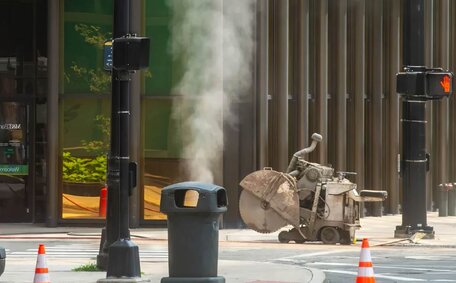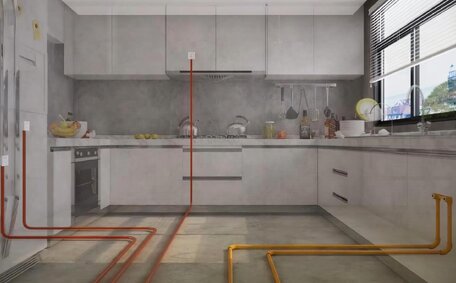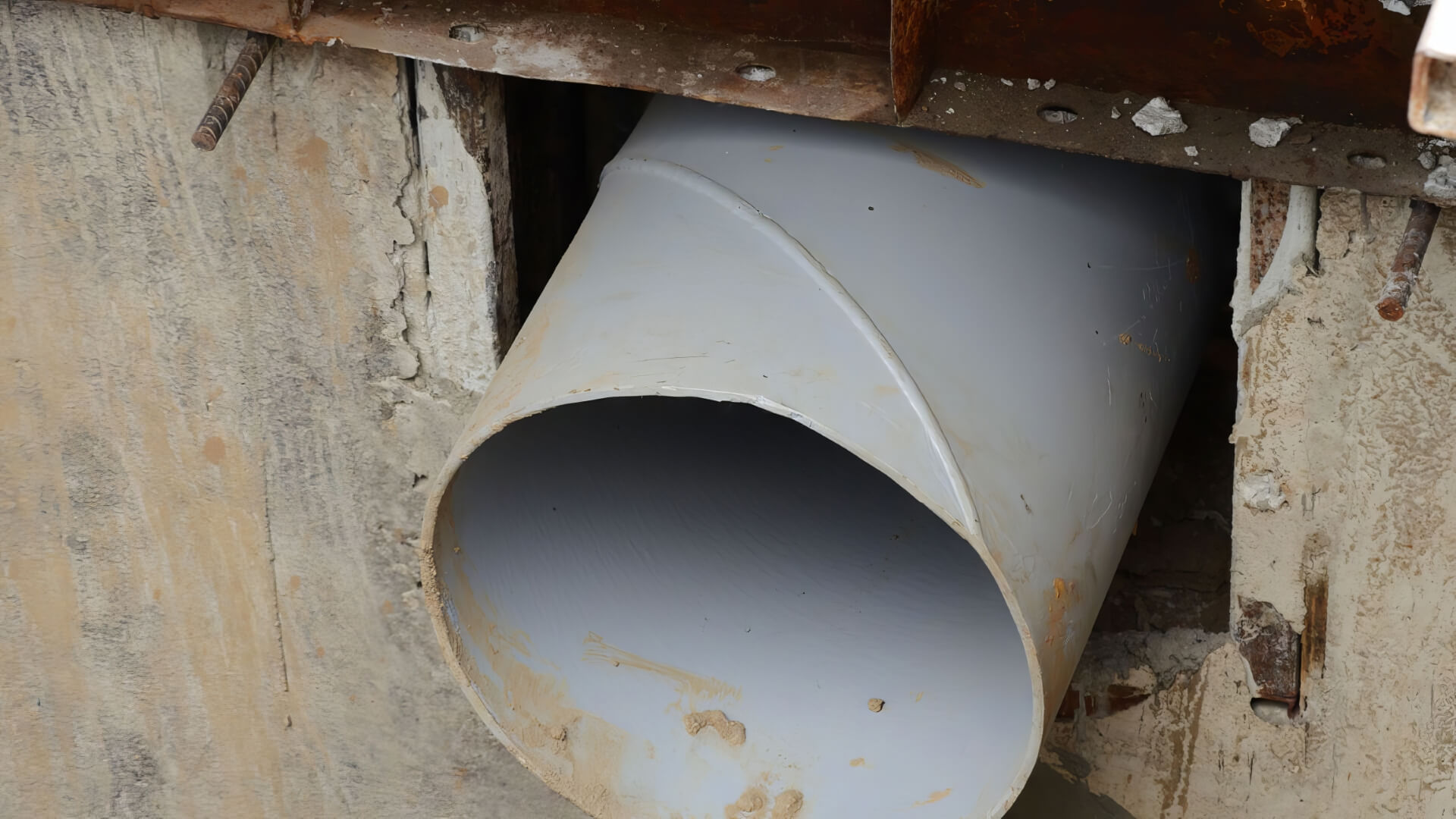Why You Should Flush Your Hot Water System
Flushing your hot water system regularly is one of the most important maintenance tasks you can perform to keep your system running efficiently. Here are some key reasons why flushing is so crucial:
Eliminates Sediment Buildup
Over time, minerals and sediment from your water supply can accumulate inside the tank and pipes of your hot water system. This buildup reduces water flow, which leads to problems like low hot water pressure, noisy pipes, and eventual tank failure. Flushing the system washes away this sediment.
Removes Rust and Corrosion
The hot, moist environment inside your hot water tank causes rust and corrosion. Flushing the system periodically clears out any loose rust flakes before they can cause discoloration or contamination of your hot water.
Maintains Efficiency
Sediment buildup and corrosion reduce the efficiency of your hot water heater by making it work harder to heat water. Flushing removes these impediments so your system runs at peak performance.
Extends Tank Lifespan
By keeping the inside of your tank clean, flushing helps prevent premature breakdowns and expensive repairs or replacements. Regular flushing can add years to the lifespan of your hot water system.
Improves Water Quality
Flushing removes any debris, rust flakes, or chemicals in the tank that can give your hot water an unpleasant smell, taste, or appearance. It helps keep the water coming from your faucets clean.
Failing to flush your system as needed allows performance-robbing sediment and corrosion to accumulate. Take the time to flush your hot water heater at least annually. Your system will operate more efficiently and reliably.
How Often to Flush Your Hot Water System
Flushing your hot water system about once a year is ideal for most homes. Even if you aren’t experiencing any noticeable problems, an annual flush helps keep your system operating at peak efficiency.
Sediment and mineral deposits collect gradually over time, so allowing longer than a year between flushes gives this buildup a chance to accumulate. Flushing more frequently than yearly is unlikely to provide significant added benefit.
Here are some signs it’s definitely time for a flush:
- Reduced flow from hot water taps
- Strange smells coming from hot water
- Gurgling or knocking sounds from the tank
- Rust coloured or cloudy hot water
But don’t wait until you notice these issues. Put an annual hot water system flush on your calendar as preventive maintenance. Keeping to this yearly schedule helps ensure your hot water heater consistently provides an ample supply of hot, clean water.
Safety Precautions
When flushing your hot water system, be sure to take precautions to avoid injury or damage:
Turn Off Power Supply
Start by switching off power to your hot water heater at the circuit breaker or unplugging any electric water heater. This prevents accidentally turning it on during the flush process.
Shut Off Water Supply
Find the cold water shut-off valve supplying the water heater and turn it to the closed position. This depressurizes the tank.
Open Drain Valve
Locate the drain valve at the bottom of the hot water tank and place a garden hose on the drain valve spout. Open the drain valve slowly and point the hose to a drain area.
Relieve Pressure
Open a hot water faucet inside your home to allow air into the system so water can flow out the drain valve. Leave the faucet on during the entire flush.
Disconnect Hot Outlet
Using a wrench, detach the hot water outlet pipe from the tank to prevent backflow of sediment. Place the end of this pipe in a bucket to catch water.
Flush Tank
Once water runs clear from the drain hose, close the drain valve. Reconnect any pipes and turn water supply back on. Turn on a hot water faucet and run the water until clear.
Following proper procedures keeps your flush safe, minimises messes, and prevents damage to the system. Never open the drain valve without first shutting off power and water supply to avoid hazardous releases of hot water under pressure.
What You’ll Need
p>p>p>p>p>
Step-by-Step Guide
Follow these steps to properly flush your hot water system:
- Turn off the power supply to your hot water heater at the circuit breaker panel or unplug an electric system.
- Locate the cold water shut-off valve supplying the water heater and turn it clockwise to the closed position.
- Attach a garden hose to the drain valve near the bottom of the tank and point the hose to a suitable drain area.
- Slowly open the drain valve to release the water pressure in the tank.
- Go to the nearest hot water tap and turn it on to allow air into the tank so water can drain out freely through the hose.
- Using a wrench, disconnect the hot water outlet pipe from the top of the tank.
- Place a bucket under the disconnected pipe end to catch water remaining in the pipe.
- Let the tank drain completely, flushing out sediment through the hose.
- Once water runs clear, close the drain valve and reattach the hot water outlet pipe.
- Turn water supply back on and turn on a hot water tap. Let it run until water runs clear to finish flushing.
- Your hot water system is now flushed and ready for efficient service.
Be sure to take all necessary safety precautions. Follow these key steps annually or whenever pressure or performance seems low to keep your hot water system operating at peak efficiency.
Tips for Flushing Tankless Water Heaters
Tankless water heaters benefit from flushing just like regular hot water tanks, but the process is a bit different. Follow these tips when flushing your tankless system:
Use Vinegar or Chemical Cleaners
Since tankless heaters lack a reservoir, flushing alone may not fully clean internal components. Mixing vinegar or chemical cleaners like citric acid with the flushing water helps remove limescale and mineral deposits.
Detach Water Lines
Isolating the water heater allows flushing water full contact with all internal parts. Consult your manual for proper line detachment and reattachment.
Increase Water Flow
Tankless heaters require a higher flushing flow than tank models. Using a submersible pump can help ensure sufficient flushing flow if water pressure alone doesn’t.
Flush Annually
Lacking a mineral-collecting tank, scale buildup in a tankless heater can go unnoticed. Stick to annual flushing to keep it operating efficiently.
While tankless heaters avoid some tank water heater problems, mineral scale can still hinder performance and lifespan. Proper flushing clears out these deposits for optimal operation.
After Flushing
p>
When to Call a Professional
While flushing a hot water system is something a handy homeowner can usually handle, there are a few situations where it’s wise to call in a professional plumber:
Tank Water Heaters Over 10 Years Old
Older tanks have accumulated years of sediment and corrosion. A professional can assess if a replacement is needed versus a flush.
Problems Persist After Flushing
If you’re still experiencing issues with hot water pressure, appearance, or strange noises after flushing, a plumber can troubleshoot other potential problems.
Unsure About Proper Procedure
If you don’t feel fully confident you can safely depressurize the tank, disconnect lines, and reconnect everything, it’s better to have an expert handle it.
Tankless or Complex Systems
More complex tankless heaters or commercial hot water systems often require specialised knowledge to flush correctly.
Signs of Leaks
If you notice any drips or leaks before, during, or after flushing, discontinue the process and call a plumber to inspect for issues.
While regular flushing is within the DIY realm if you take proper precautions, don’t hesitate to call in a professional plumber if problems persist or you lack the skills, tools, or confidence to do it safely yourself.






